DCPA NEWS CENTER
Enjoy the best stories and perspectives from the theatre world today.
Enjoy the best stories and perspectives from the theatre world today.
From the archives: this post was originally published on December 14, 2021.
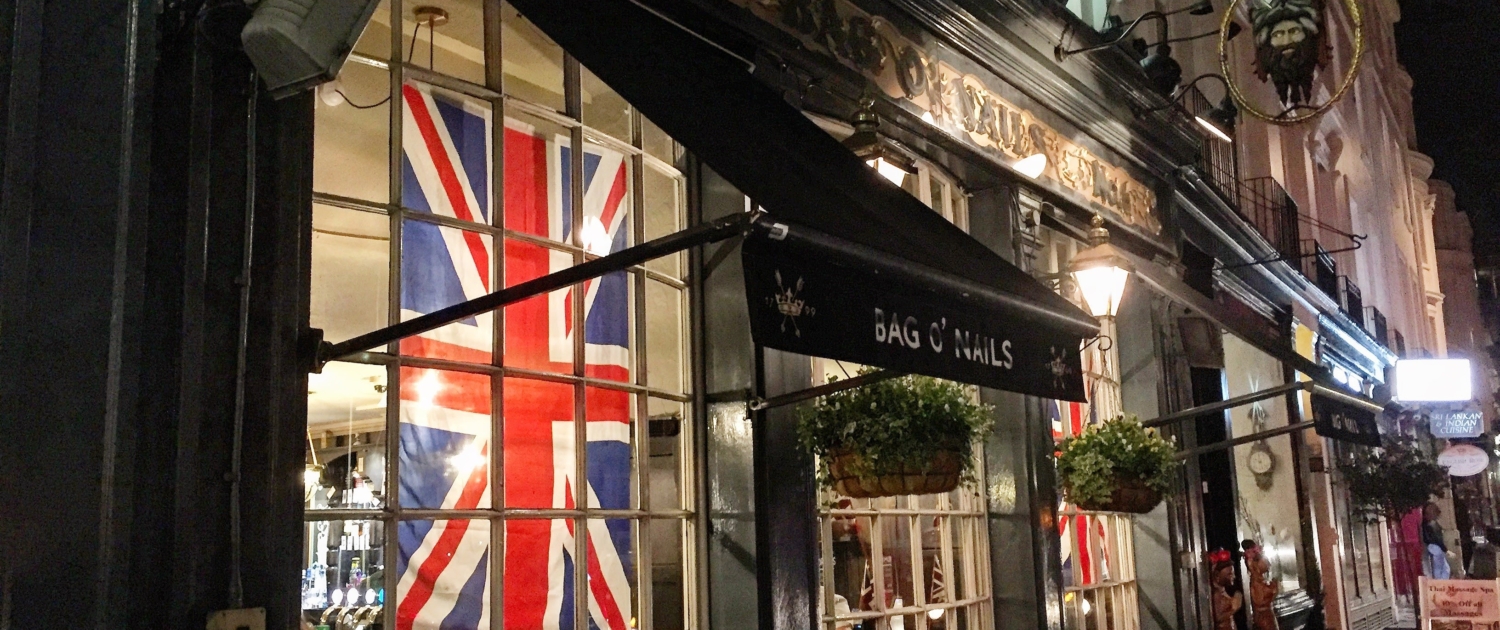
The Bag o’ Nails pub is across the street from Buckingham Palace in London.
People have been buying alcoholic drinks in England for more than a thousand years in taverns, ale houses, coaching inns, and grog shops – but what we think of today as a typical English pub didn’t happen until 1830.
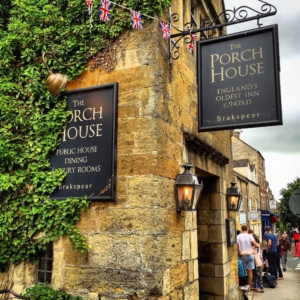
The Porch House in Stow-on-the-Wold in the Cotswolds, claims to be the oldest inn in England
To counter distilled spirits imported from Ireland and Scotland, England began encouraging the production of gin in the 1700s. Shakespeare’s “green and pleasant land” endured almost a century of drunkenness as a result. In 1740, there were 9,000 gin shops in London alone.
In 1830, to encourage more sensible drinking of beer instead of gin, the Duke of Wellington proposed that all taxes on beer be removed. For the price of two guineas, anyone could brew and sell beer. Predictably, this had the opposite effect than intended and in one year, 30,000 beer shops opened.
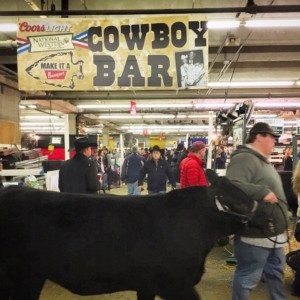
At the National Western Stock Show, visitors can get a taste of an Old West saloon at the pop-up Cowboy Bar
Because many of these first public houses were actually in the brewer’s home, the early “pubs” resembled living rooms – only they were much nicer than most with better lighting, more comfortable chairs, games like darts and, of course, beer, conversation, neighbors, music, gossip, and laughter. At a time when there was nothing much to do in the evening, the local pub became a source of great joy.
It’s not surprising when Denver was founded in 1858, in a gold rush that attracted huge numbers of English and Irish immigrants, one of the first things they did was open a pub. On Christmas Day 1858, legendary mountain man Uncle Dick Wootton rolled into town with a wagon of trade goods and barrels of “Taos Lightning,” a concoction of distilled whiskey mixed with raw alcohol, burnt sugar, and the occasional plug of chewing tobacco for flavor. Wootton’s Western Saloon was subsequently the first building in Denver with a wood floor, marking its importance. William Byers established his Rocky Mountain News above the saloon, until the relentless gunfire and brawling down below sent him to safer quarters.
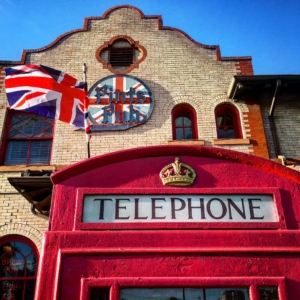
Pints Pub in Denver is a traditional British pub with red telephone boxes, and a selection of current British newspaper and magazines available to browse
While Denver’s saloons were similar to European pubs in that they offered townspeople a place where they could find companionship and whiskey, these saloons on the lawless frontier also offered gambling, prostitution, and as the town grew, a crazy collection of outlaws, gunmen, swindlers, dance hall girls, grifters, and adventurers.
More than 100,000 men and women passed through Denver in search of gold from 1858 to 1860. Saloons became social and entertainment centers, but also government buildings. The first capitol of Colorado Territory was a saloon, and still is – the Old Capitol Grill in Golden. Denver’s first city government was founded in a saloon called Apollo Hall, located in what is now Larimer Square. Later, Apollo Hall built a stage on the second floor where Denver’s first theatrical performances took place – a collection of well-known dramas, slapstick comedies, and musicals put on by “Colonel” C.R. Thorne’s Star Company. Encouraged by this success, the saloon across the street, Cibola Hall, also built a theatre above the saloon and held auditions for actors. It turned out, almost everyone in Denver was an amateur actor or singer and they all auditioned.
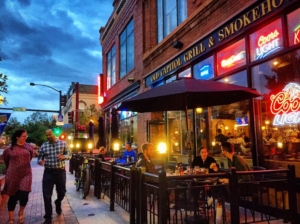
The Old Capitol Grill & Smokehouse in Golden, Colorado is located in the same building that served as the first capitol building of the Colorado Territory.
Most Denver saloons were a far cry from the opulent dance halls depicted in Western movies. In the early days, some had canvas roofs, and most had just one long bar along the wall and a scattering of tables and chairs where gambling would go on 24 hours a day. As Denver gentrified, the old idea of a “living room” pub came back into style.
Today, the oldest liquor license in Denver is held by the 1893 Buckhorn Exchange. The top floor of the Buckhorn has a Victorian-era sitting room that would make a European pub patron feel right at home, except of course, for the 500 animal heads, Winchester rifles, and feathered headdresses on the walls.
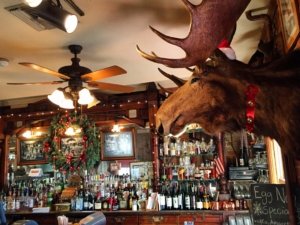
The upstairs bar of The Buckhorn Exchange, where presidents, royalty, movie stars and Buffalo Bill have all dined.
Today, Denver and Colorado still offer more than 300 “local pubs,” only now they are craft breweries. Like English and Irish pubs of old, the breweries close early, usually about 10pm. Though some have food, you seldom go there for the food. They have patios set aside so you can bring your dog, they are family-friendly, and cater mostly to neighbors and friends who come to play games and converse. And like the pubs of old, they have real beer on tap, not mass-produced lagers.
If Charles Dickens, a regular London pub-goer, was still alive, he’d feel right at home in a Denver craft brewery.
